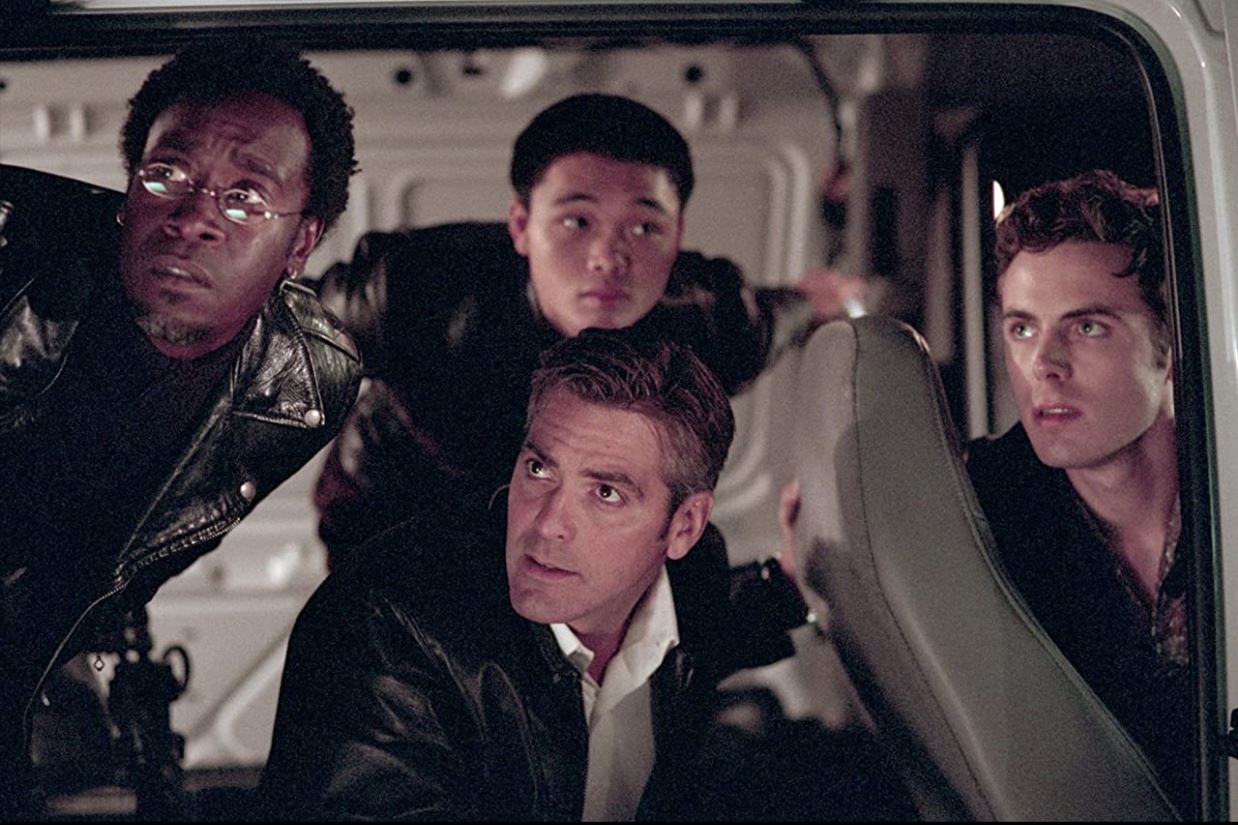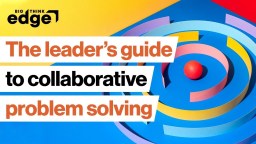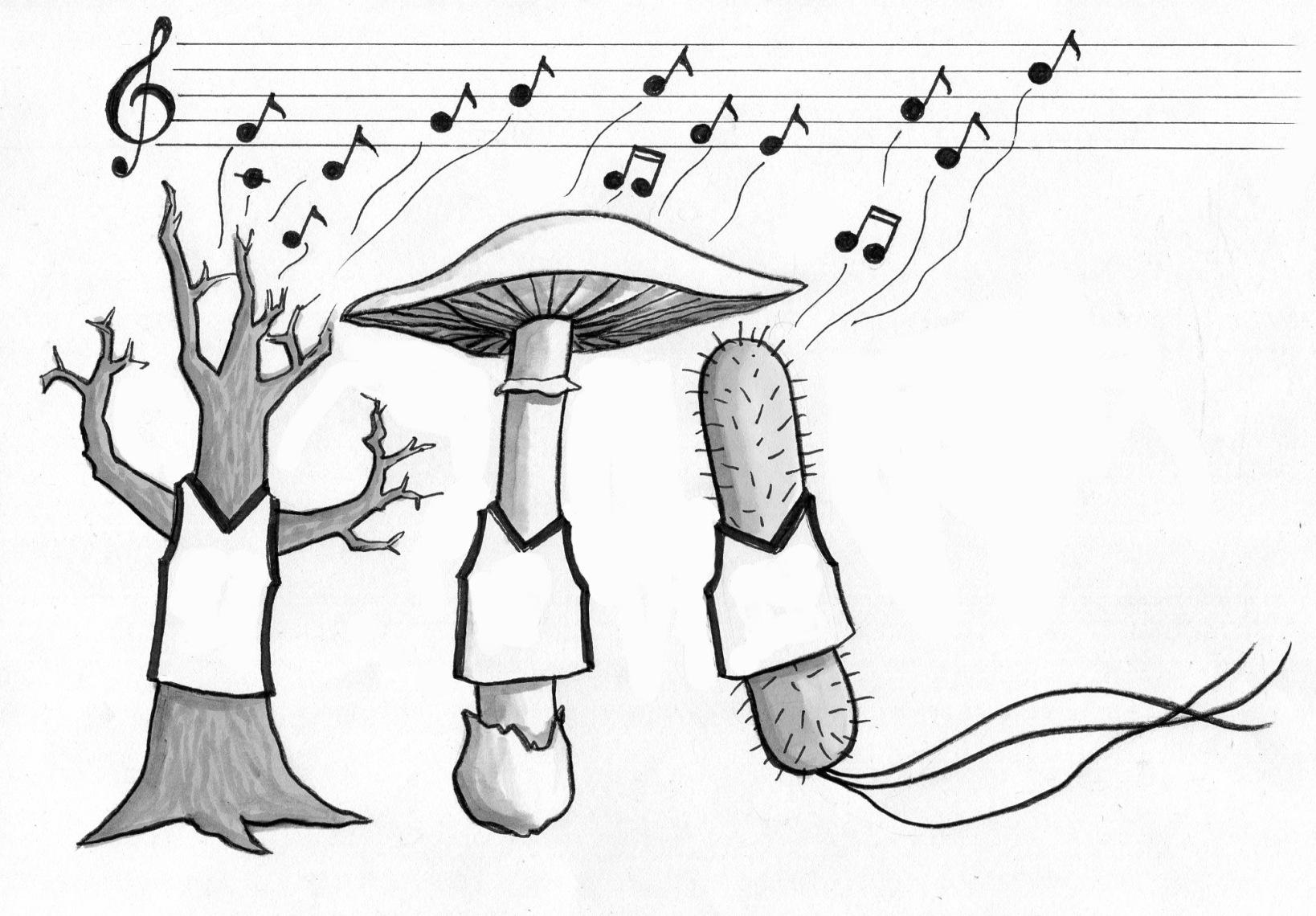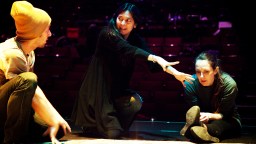teamwork
Problem-solving skills are in demand. Every job posting lists them under must-have qualifications, and every job candidate claims to possess them, par excellence. Young entrepreneurs make solutions to social and […]
Writers, filmmakers, and mythologizing biographers tend to imagine innovation originates with a lone genius who has “the spark,” that light-bulb moment when the path from inspiration to world-altering invention reveals […]
We love a good heist movie, but our favorite part is not the caper. It’s building the team. The brilliant thief—just out of jail to do one more job, he […]
What does it mean to “lead without authority”?
▸
with
What worked in 2019 is dead, says Chris Fussell, former Navy SEAL and president of leadership consulting firm McChrystal Group.
▸
with
Want to solve problems faster? Learn to unleash your connectional intelligence.
▸
7 min
—
with
A chorus of new science is showing that evolution has orchestrated life to leave no room for solos. A grander view of life is revealing higher-level, need-centric relational logic patterns (as in David Haskell’s The Songs of Trees).
Director Diane Paulus delivers a crash course in team dynamics, how to nurture creativity, and the importance of obsession in a good leader.
▸
13 min
—
with
The notion of brainstorming can sometimes elicit eye-rolls – usually because it’s fundamentally misunderstood. Apple alumnus and Stanford Executive Director of Design, Bill Burnett, says we’re only scratching the surface of its potential.
▸
6 min
—
with








